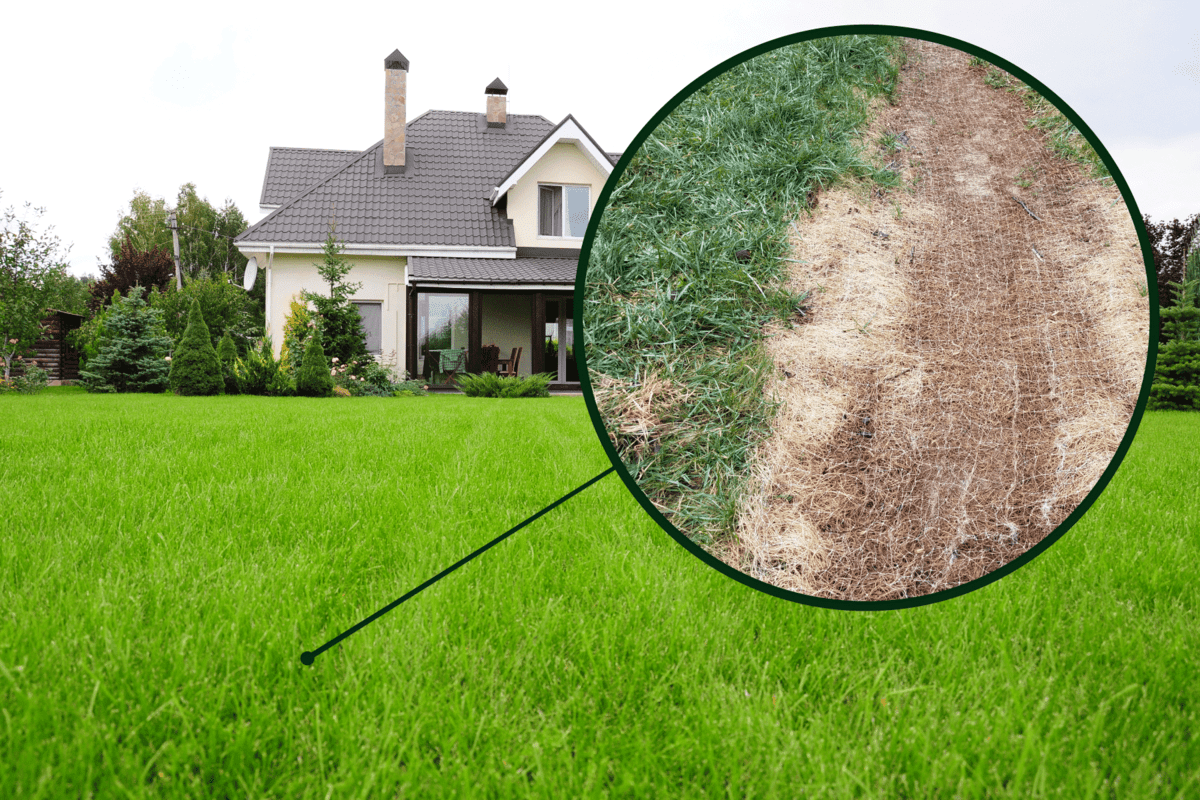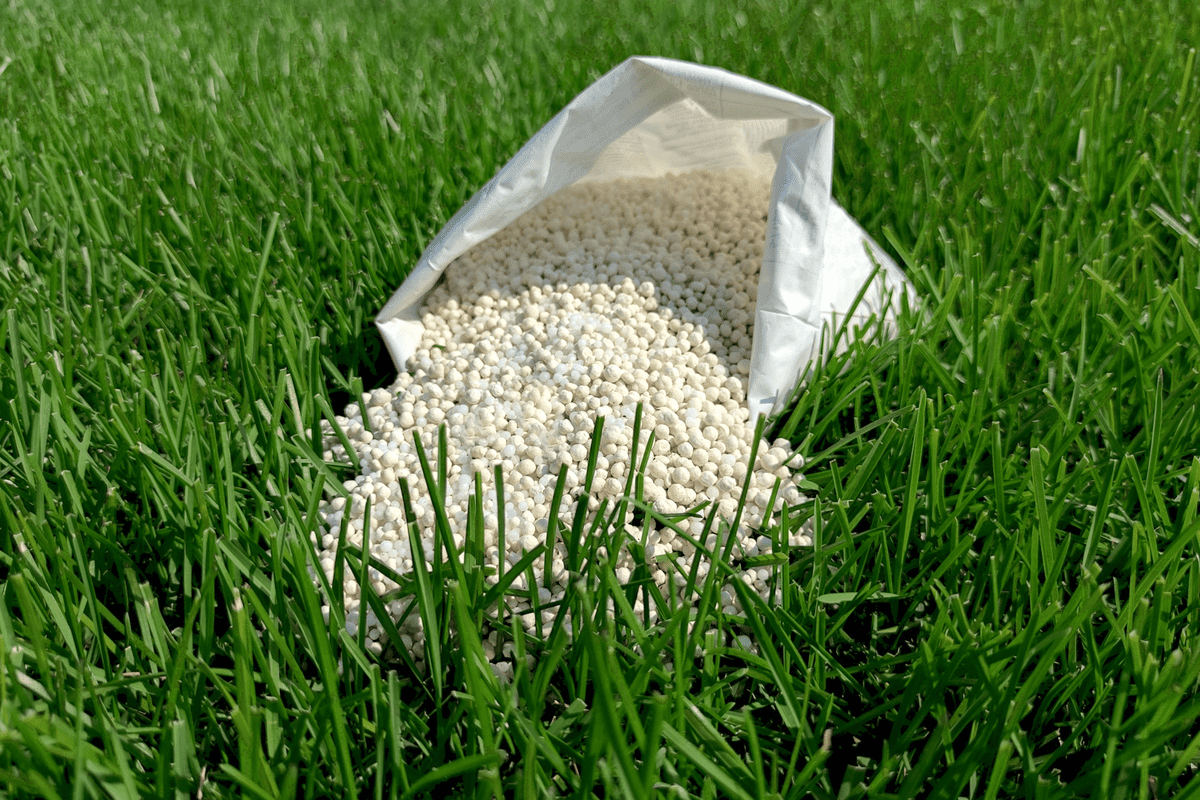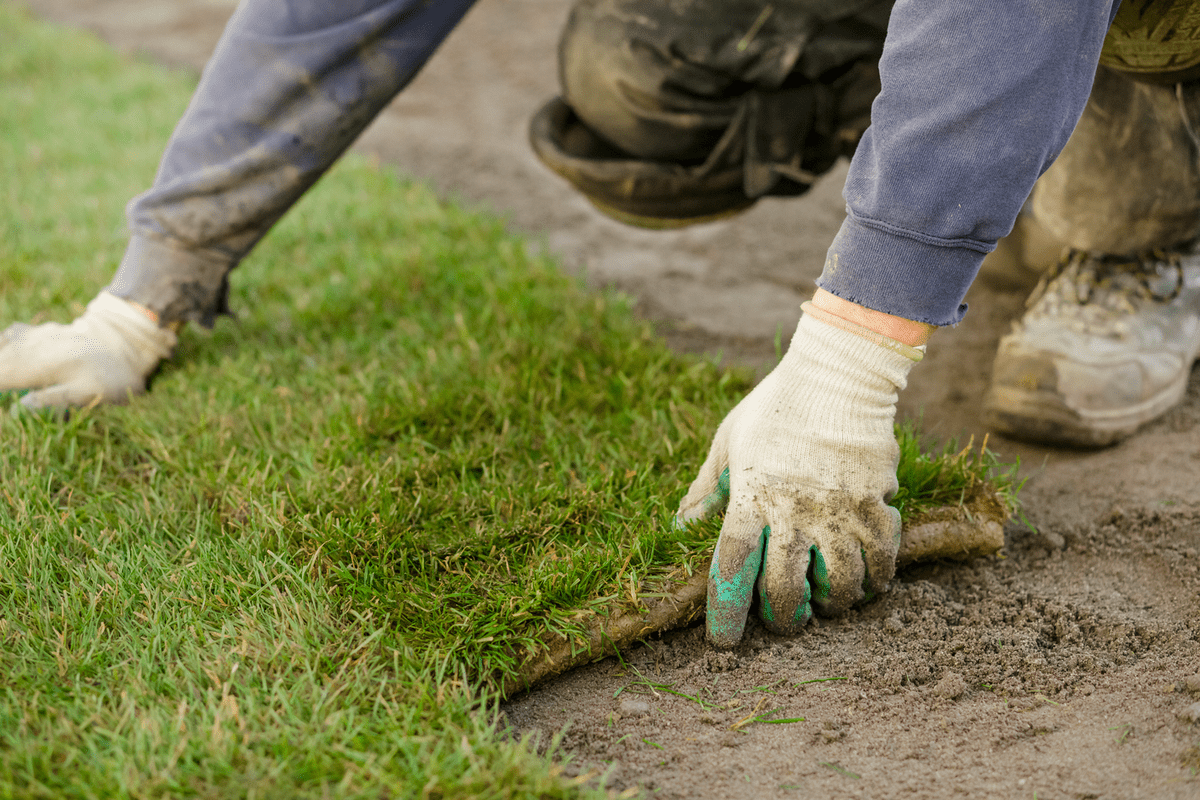Would you like to know the best time to remove the netting from your new grass? Well, we have researched this topic and have answers for you. Knowing when to pull the net from fresh grass is essential to ensure you don't damage your lawn.
When growing a lawn from seeds, you should remove the netting between six to seven weeks after planting. When placing sod, you should remove the plastic mesh while laying it down.
Generally, landscapers choose to leave netting in place to keep the new grass or sod held together while it establishes permanent roots.
In this article, we will learn when it's the best time to remove the netting from new grass. We will also cover the answers to other interesting related questions, such as how do you remove the net from new grass, and how much should you water fresh grass? Keep reading to learn more.

When Should You Remove Netting From New Grass?
The right time to remove the netting from new grass will depend on a few factors, including whether you are using seeds or sod and if your netting is biodegradable.

Let's look at each of these factors and see how they affect when to remove the netting from new grass.
When To Remove Netting From Seeded Grass
The best time to remove the netting from seeded grass is after the lawn is strong enough to survive the removal of the lawn, but before the mesh begins to break down and becomes impossible to remove.
Lawns are usually sturdy enough to withstand the removal of the netting after six to eight weeks. The plastic mesh usually breaks apart after about seven to nine weeks, depending on conditions.
These two different time windows make the optimal time to remove the netting from seeded grass six to seven weeks after planting.
When To Remove Netting From Sod
If you want to remove the netting from the sod, it is best to do so as you are laying it. The net on sod is best accessed from underneath, making the optimal time to remove it while laying it down.
The sod should already be healthy enough to endure the stress of removing the net.
Removing the netting from sod even helps break apart some of its roots, allowing the sod to root into its new soil faster.
Using Biodegradable Netting
There are situations where you may not want to remove the netting. If your net is biodegradable, then you can leave it in the ground, and it will break apart and dissolve.
Many landscapers also choose to leave the plastic netting on seeded or sod lawns. Leaving the plastic mesh on actually has some good benefits.
The plastic netting helps to hold the sod or grass together. This can make a new lawn more durable until its permanent roots are established. The net can also help fight back against erosion.
How Do You Remove Netting From New Grass?
If you decide that removing the netting is best for your grass, you will want to use the proper technique.
Removing The Netting From Seeded Grass
When removing the netting from seeded grass, timing is most important. Around six weeks after placing the net, you will want to attempt to pull it up.
Tug on the netting in a back and forth motion to do this. Be sure to stop if you notice a large percentage of the grass coming up with the mesh. If the netting breaks into tiny pieces, you may have waited too long to remove the net.
Furthermore, if the netting comes up in one piece without destroying the lawn, continue pulling up the rest. However, if it is damaged by removing the net, you may need to wait a week or two longer to establish stronger roots.
If the netting was coming up in small pieces, you could still remove the net if you want, but it will be a tedious process of balancing removing many small pieces of netting while attempting to keep damage to the lawn minimal.
Removing The Netting From Sod
When removing the netting from the sod, have one worker unroll the sod while another pulls on the mesh back and forth. Small little jerks can help the net come loose from the sod.
Be sure to take your time because pulling on the net too hard can damage the sod and cause it to break apart. The netting is the main thing holding sod together, so you need to be gentle until it has established deeper roots.
When Can You Mow New Grass?

When you can mow new grass varies depending on whether it is a seeded or sod lawn.
Seeded lawns require more time than sod lawns before you can mow them because the grass is younger and isn't very strong. Typically a seeded lawn will need eight to ten weeks to grow before you cut.
If you mow a seeded lawn before it is ready, much of the grass may be damaged or killed by your mowing, and this can cause bare spots on your property that need to be reseeded.
If you have just placed a sod lawn, it could be ready to mow in as little as two weeks. The increased mowing speed for sod is because the grass is much older and more resilient than seeded grass.
Sod still needs time to establish its deeper roots before mowing it, so wait a few weeks before doing this.
How Often Should You Fertilize New Grass?

Whether planting a seeded or sod lawn, the fertilizing schedule will be the same. You will want to fertilize your yard when you first plant it and eight weeks after.
After that, you will want to fertilize your lawn every six months. If you fertilize your lawn more than that, you risk burning it. When there are too many nutrients in the ground, the grass gets damaged by the low ph level created.
Just as putting too much fertilizer isn't good for your lawn, you don't want to put too little. If your grass lacks the nutrients to grow, your yard will look pale and sick.
Ensure you follow your brand of fertilizer's measurements and schedule to ensure your lawn gets the right amount of nutrients.
How Much Should You Water New Grass?

Seeded grass will need dramatically more water than sod. This is because of how fragile grass is when it first opens up from seeds.
When a seedling of grass first sprouts, it is highly susceptible to drying out. You will need to keep the seedling from drying out for the first four weeks. Doing this will require you to water at least once a day or more to keep the topsoil damp.
You can also cover the seeds with a layer of peat moss. This layer will hold in moisture and allow you only to need to water once a day.
If you are watering sod, you will want to water once a day for the first week. After the first week, you can drop your watering to three or four days a week, depending on your climate.
Ensuring your lawn is getting enough water is vital to a healthy green lawn. One way to ensure that your yard is getting the right amount of water is to look for signs of under or overwatering.

If you see that the lawn is turning brown and the ground is dry, you need to increase your watering times. If the lawn is turning brown but, the land is damp, you are overwatering.
Many think that a brown lawn always means that you need more water, but if you overwater your yard, it can have trouble breathing and turn brown as it dies.
Overwatering can also lead to fungus growth, choking, and killing the lawn. If your yard doesn't seem too wet, this may be the situation, but more water doesn't improve the browning.
If it is a fungus, you may also see brown streaks on the lawn where the lawn mower's tires tracked the fungal spores across the yard.
To Wrap It Up

In this article, we learned that it is best to remove netting six to seven weeks after planting a seeded lawn and when laying it down for a sod lawn. We also learned the proper time frame to mow, fertilize, and water new grass.
Remember, just because your lawn is turning brown doesn't necessarily mean it needs more water. Your lawn may be suffering from overwatering or fungal growth.
Made it to the end? Check out these helpful related posts!
